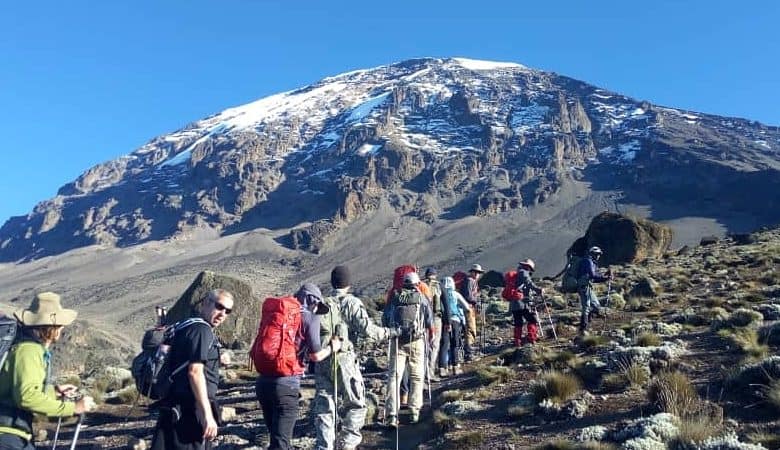
Mount Kenya to Kilimanjaro
East Africa’s landscape is adorned with towering mountains that beckon adventurers and mountaineers from around the world. From the rugged slopes of Mount Kenya to the iconic summit of Kilimanjaro, these peaks offer not only an exhilarating challenge but also breathtaking vistas that reward those who dare to ascend. In this article, we’ll take you on a journey through East Africa’s most renowned peaks, exploring the challenges, the rewards, and the indomitable spirit of conquering these majestic heights.
1. Introduction
East Africa is home to some of the world’s most awe-inspiring peaks. The region’s mountains are not only geological wonders but also symbols of human determination and exploration.
2. Mount Kenya: The Jewel of the Kenyan Highlands
Rising majestically in the heart of Kenya, Mount Kenya is the country’s highest peak. Its rugged terrain is a haven for trekkers and climbers seeking a challenge that blends adrenaline with enchantment.
3. Kilimanjaro: Africa’s Rooftop and Beyond
Kilimanjaro, Africa’s tallest mountain, stands as a sentinel on the Tanzanian horizon. Its snow-capped peak is a remarkable contrast to the surrounding savannah, offering a life-changing adventure for those who ascend its slopes.
4. Preparing for the Ascent
Conquering these peaks requires physical preparation, mental fortitude, and an understanding of the challenges that lie ahead. Training, proper gear, and acclimatization are essential to ensure a safe and successful climb.
5. The Thrill of the Climb
Ascending Mount Kenya and Kilimanjaro is a journey of endurance and perseverance. The trek presents a variety of landscapes, from lush rainforests to alpine deserts, providing an ever-changing backdrop to the adventure.
6. Breathtaking Views from the Summit
Reaching the summit of these mountains is an unparalleled achievement. The panoramic views from the top offer a sense of accomplishment and a connection to the Earth’s vastness that is truly humbling.
7. The Importance of Sustainable Mountaineering
As the popularity of these peaks grows, so does the need for responsible and sustainable mountaineering practices. Conservation efforts and ethical tourism are crucial to preserving the pristine environments of these mountains.
8. Life-Changing Experiences and Personal Triumphs
The journey to the summit is not just about conquering a physical challenge; it’s a transformative experience that fosters personal growth, resilience, and a deeper appreciation for the natural world.
Conquering the peaks of East Africa is a testament to human ambition and the power of the human spirit. The journey is not just about reaching a summit; it’s about pushing boundaries, embracing the unknown, and forging a connection with the untamed beauty of our planet.
FAQs
- Q: Is climbing Mount Kenya or Kilimanjaro suitable for beginners? A: While both mountains are challenging, guided treks are available for varying skill levels. It’s important to choose an itinerary that matches your experience and fitness level.
- Q: What is the best time to climb these mountains? A: The dry seasons, typically from January to March and July to October, offer the best climbing conditions. However, weather can be unpredictable, so thorough research is advised.
- Q: Do I need prior climbing experience to summit these peaks? A: Prior climbing experience is not mandatory, but a good level of fitness and determination is essential. Training and mental preparation are key to a successful ascent.
- Q: Are there age restrictions for climbing Mount Kenya and Kilimanjaro? A: There are no strict age limits, but climbers should be in good physical health. Consult with your healthcare provider before embarking on the journey.
- Q: How can I contribute to the conservation of these mountain environments? A: Choose tour operators that prioritize sustainable practices and support local conservation efforts. Minimize your environmental impact by adhering to Leave No Trace principles.

Exploring the Wonders of Amboseli National Park 2023
Amboseli National Park Amboseli National Park, a sanctuary nestled at the foothills of Mount Kilimanjaro, is a treasure trove of…

Kenya Tourist Visa Requirements 2023: Your Gateway to East African Adventure
If you’re planning an enchanting trip to the heart of East Africa, Kenya, Rwanda, and Uganda await your exploration. To…
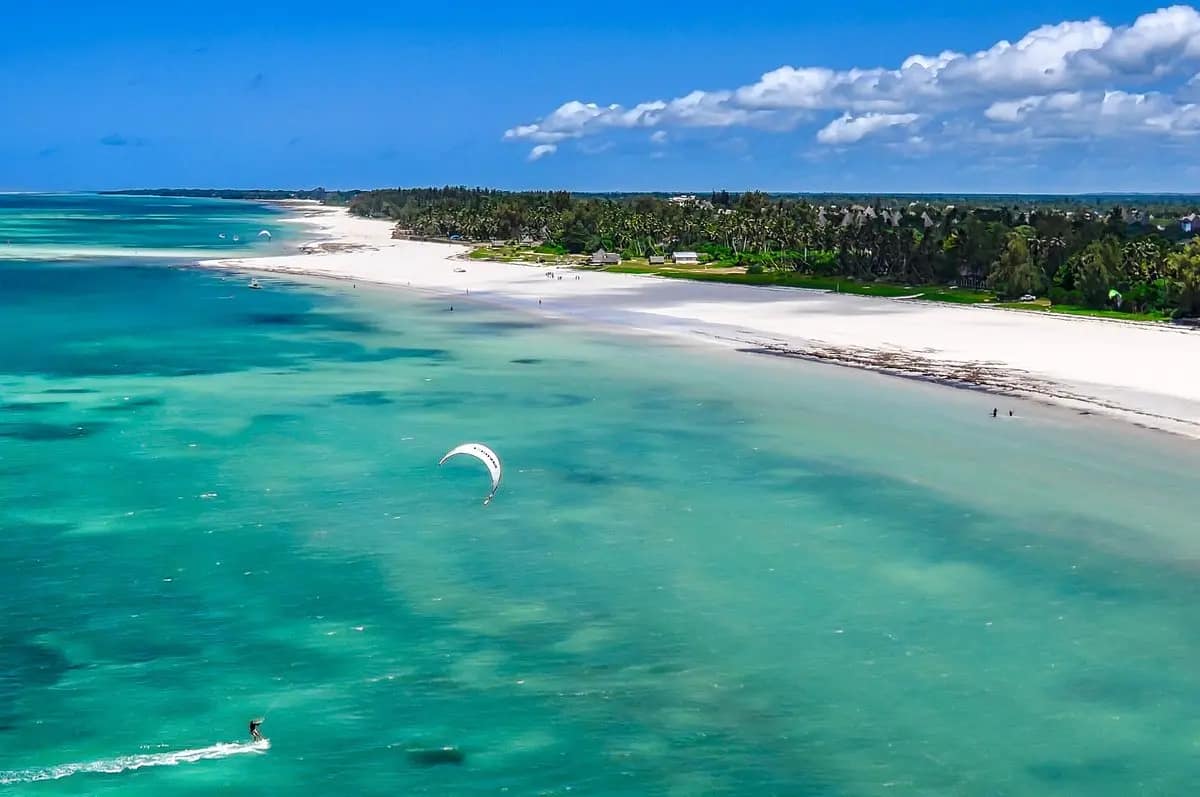
H2o Extreme Diani: A Thrilling Experience In Diani Beach Water Sports
H2o Extreme Diani Diani Beach, situated on the picturesque coastline of Kenya, is renowned not only for its stunning natural…

Hot Air Balloon Safari in Masai Mara: Explore The #1 Sky-High Adventure
Hot Air Balloon Safari When it comes to experiencing the wonders of the natural world, few adventures can match the…
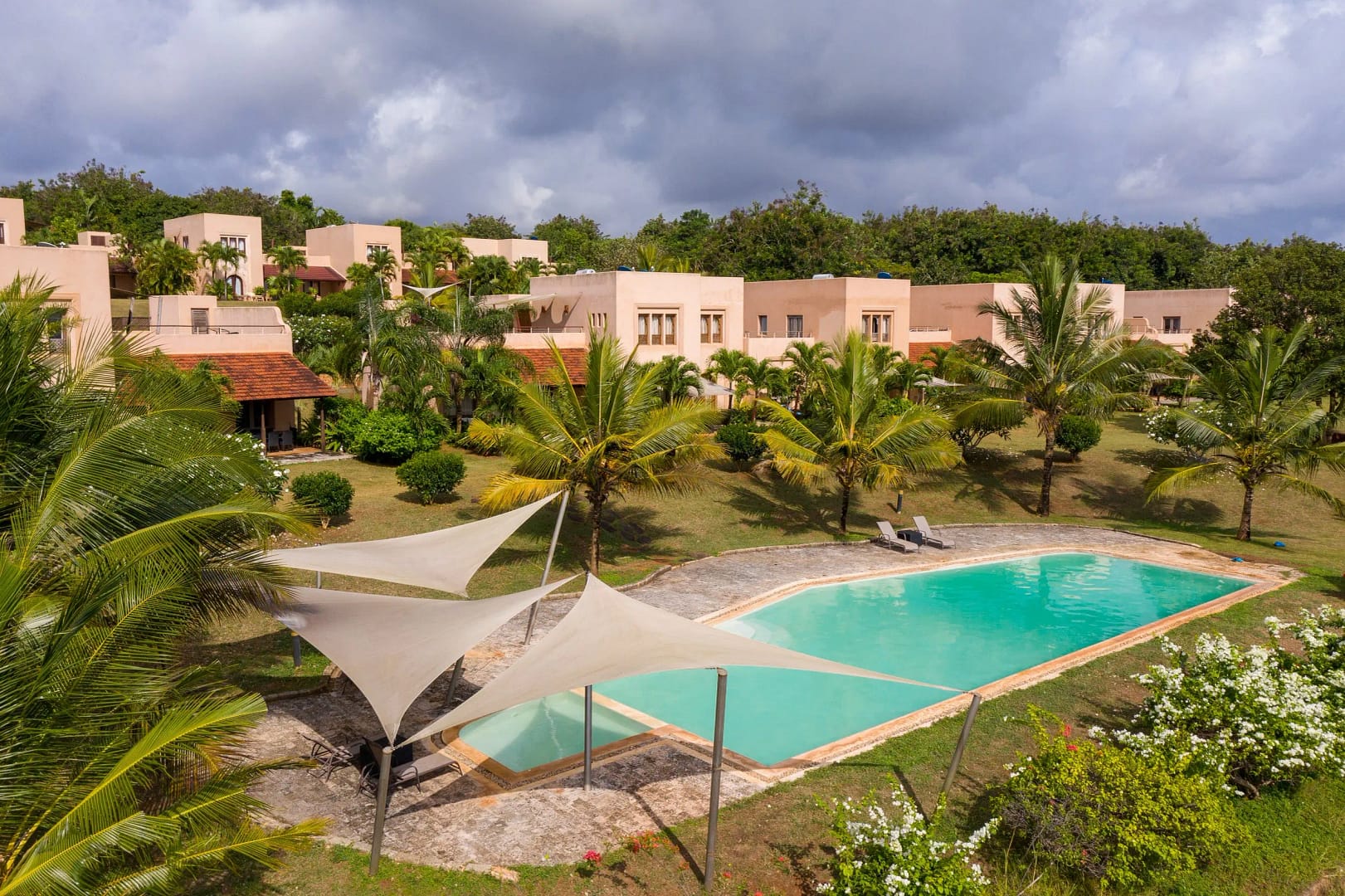
Vipingo Ridge: #1 Luxury Living At The Coast of Kenya
Vipingo Ridge In the heart of Kenya’s coastal paradise lies Vipingo Ridge, a haven for those seeking luxury living, relaxation,…
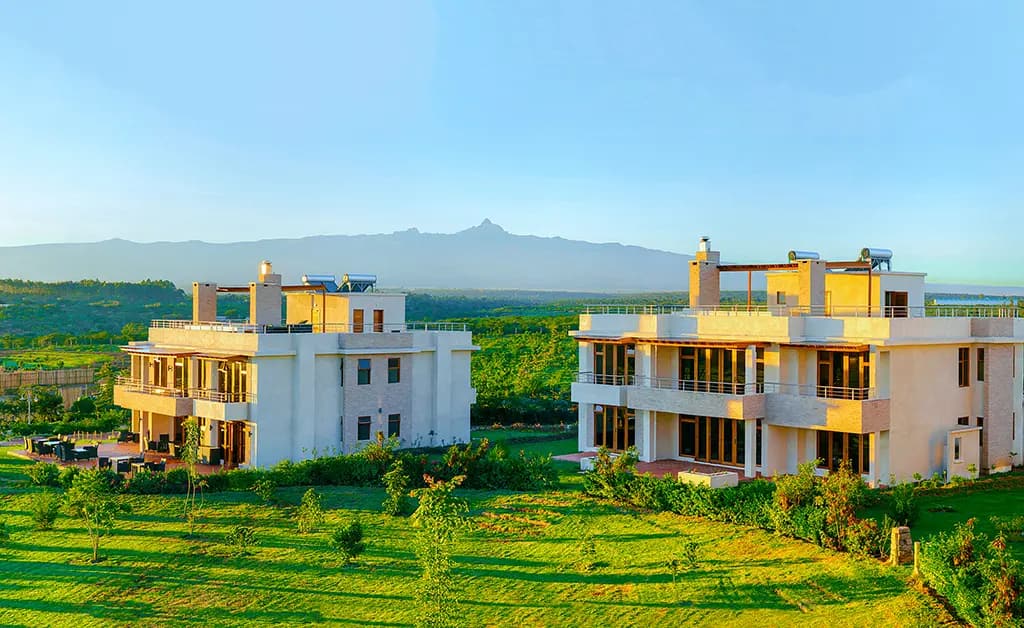
Maiyan Nanyuki: Exploring the #1 Beauty of Luxury Living in Kenya:
Maiyan Nanyuki Kenya, a land of breathtaking landscapes and rich cultural heritage, has long been a dream destination for travelers…
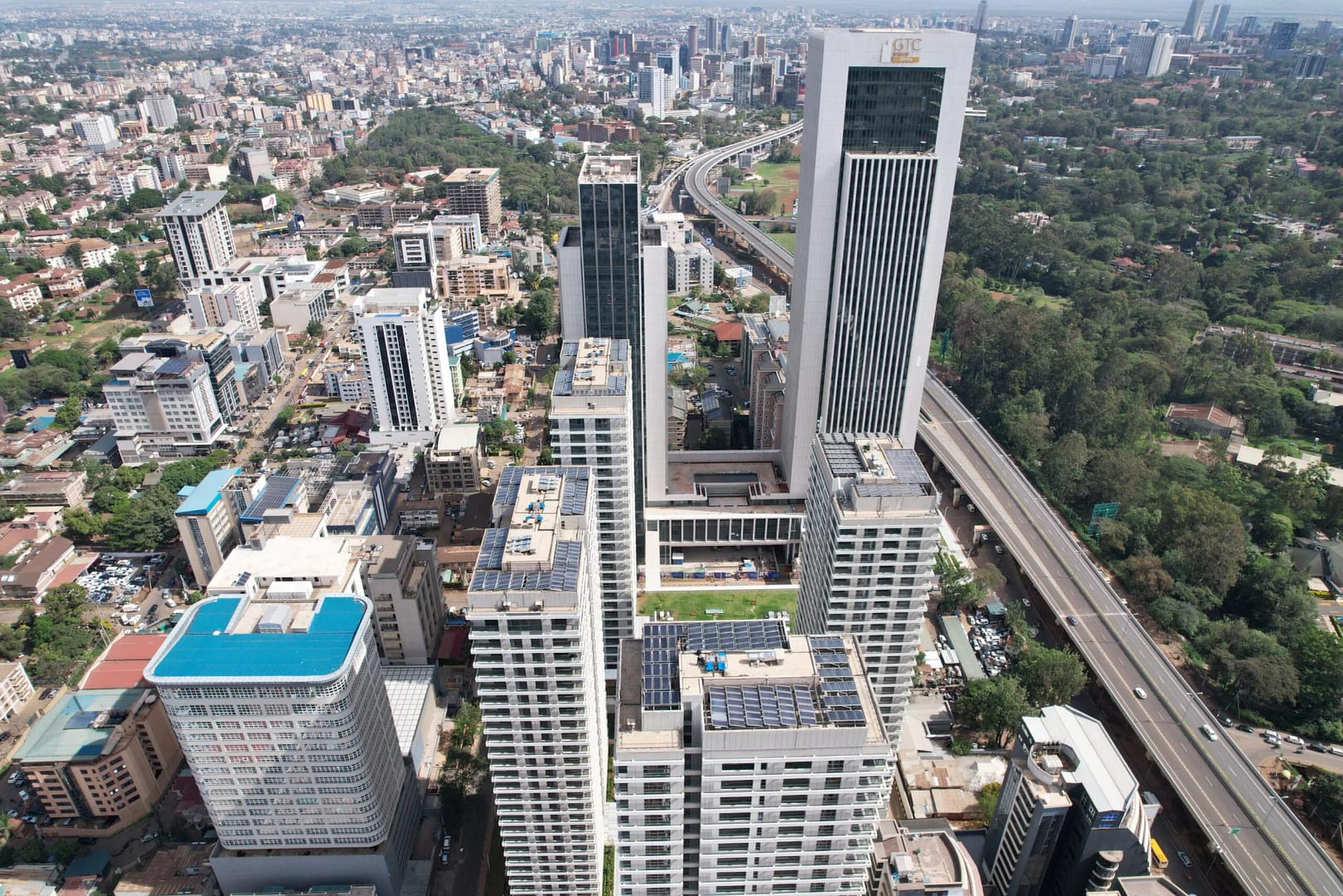
Luxury Living #1: Exploring Nairobi GTC Office Tower
In the heart of Nairobi’s vibrant Westlands neighborhood, a beacon of modern luxury living stands tall – the Nairobi GTC…

Luxury Accommodation Near JKIA Airport: #1Indulge Yourself in Comfort and Convenience
Luxury Accommodation Near JKIA Airport In today’s fast-paced world, where travel is an integral part of our lives, finding the…
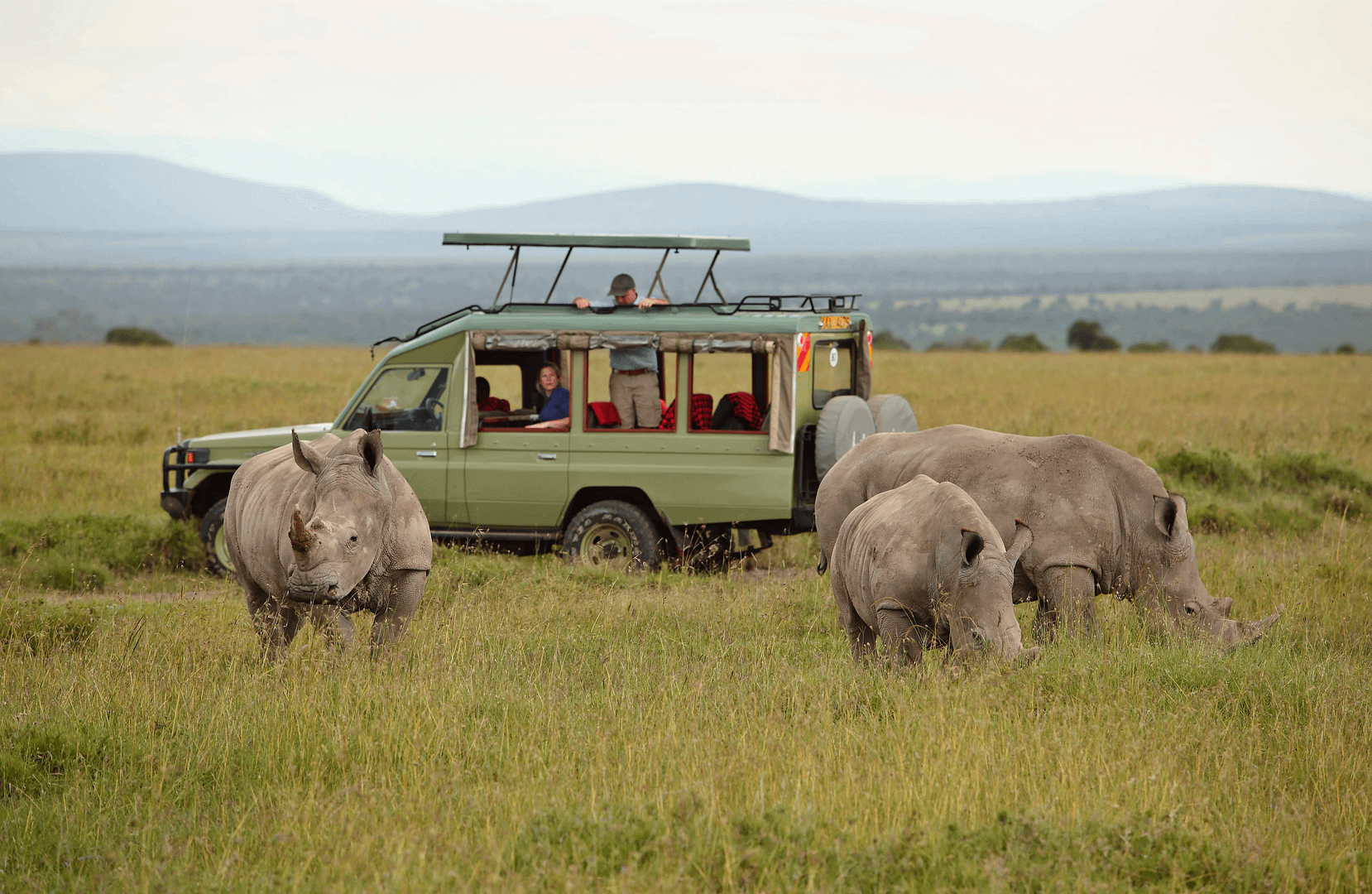
Big Five Safari Kenya: #1 Exploring the Wonders of the Wild
Big Five Safari Kenya When it comes to experiencing the untamed beauty of the African wilderness, few destinations can rival…

Birdwatching in Kenya: #1 The Ultimate Birder’s Paradise
Birdwatching in Kenya is a captivating and enriching experience that beckons both seasoned birders and beginners. With its diverse landscapes…

10 Best Hotels in Eldoret, Kenya: Welcome To The City of Champions
10 Best Hotels in Eldoret Welcome to Eldoret, a vibrant and growing city in Kenya’s Rift Valley, known for its…

Radisson Blu HotelNairobi: #1 The Perfect Business Hub in Kenya
In the bustling heart of Upper Hill, Nairobi’s thriving business district, lies the Radisson Blu Hotel, Nairobi Upper Hill—a haven…
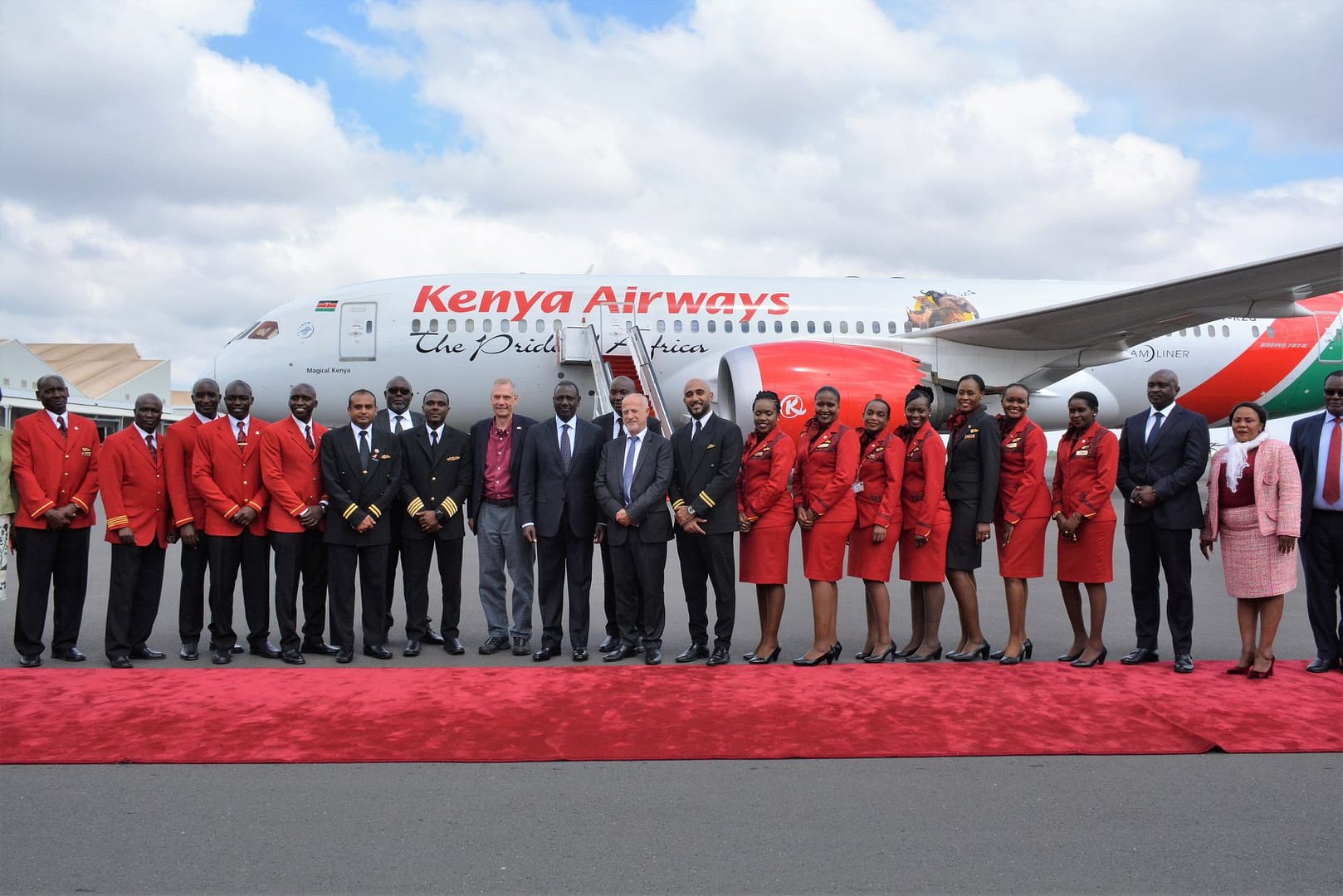
Increase in USA Tourists to Kenya: #1 A Thriving Partnership
USA Tourists to Kenya In recent years, there has been a remarkable surge in the number of USA tourists flocking…
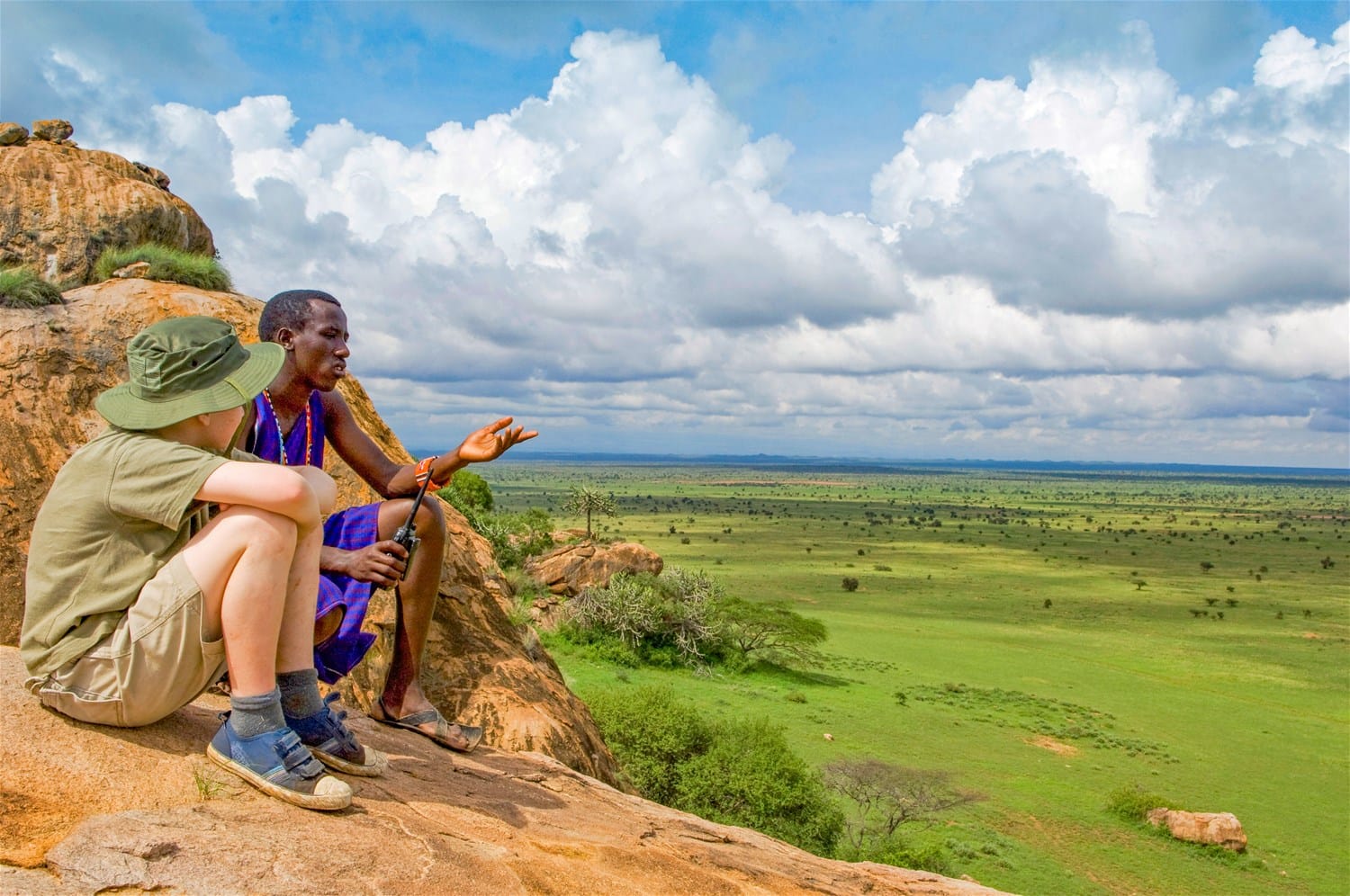
Chyulu Hills National Park: #1 Explore the Beauty of A Hidden Paradise
Introduction Chyulu Hills National Park, a true gem hidden in the heart of Kenya, is a nature lover’s paradise. With…
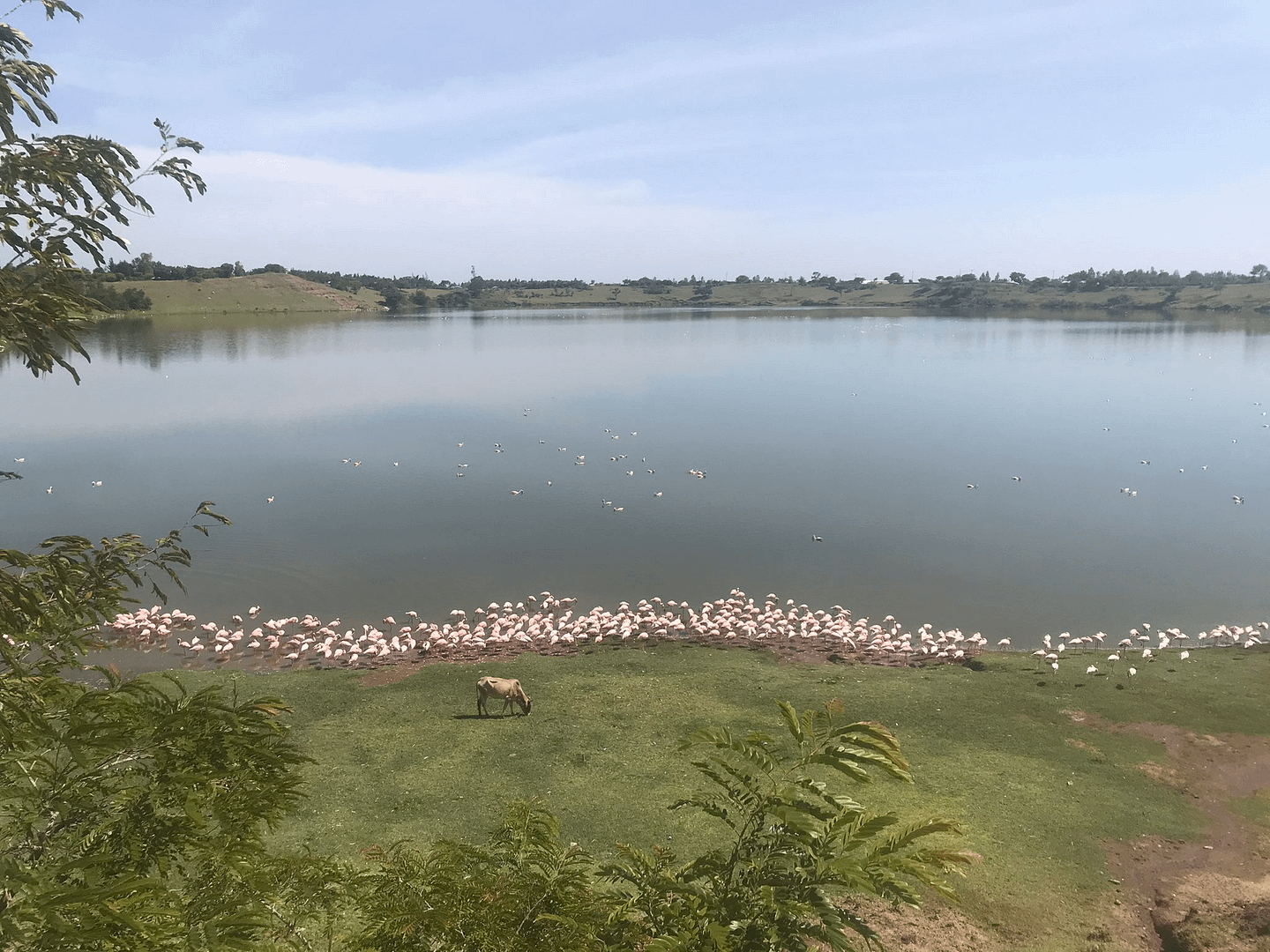
Lake Simbi National Sanctuary: Discover the #1 Natural Beauty of Kendu Bay
Lake Simbi National Sanctuary Nestled near the charming town of Kendu Bay, Lake Simbi National Sanctuary is a hidden gem…
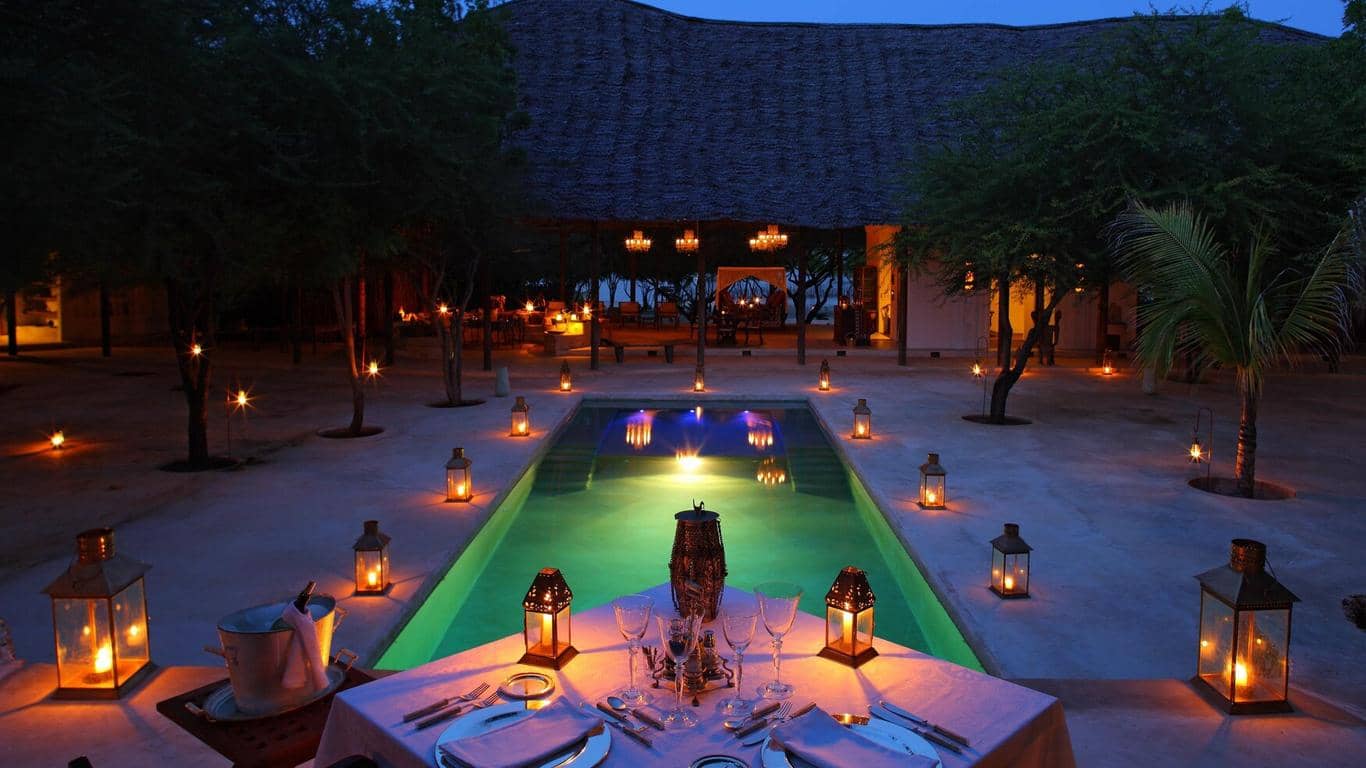
The Red Pepper House: Explore Lamu’s #1 Hidden Gem
Bathed by the waters of the Indian Ocean, under the African sun and surrounded by nature, The Red Pepper House…


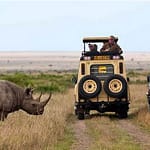
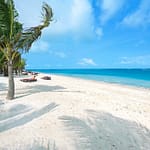
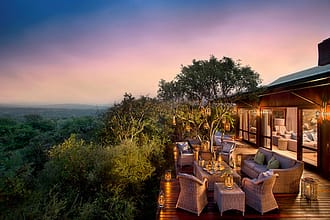
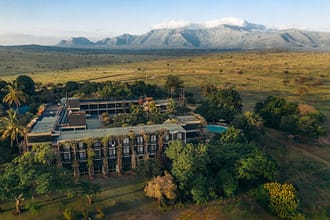

4 Comments